Everything You Know About Guns and Firearm Legality is Wrong
Across the country, many states are beginning to tighten restrictions around gun ownership and create stricter regulation that states believe will make their communities safer. Texas, on the other hand, is trending in the opposite direction. Senate Bill 1596 and its twin House Bill 259 were both introduced as a measure to remove short-barrel firearms […] The post Everything You Know About Guns and Firearm Legality is Wrong appeared first on 24/7 Wall St..
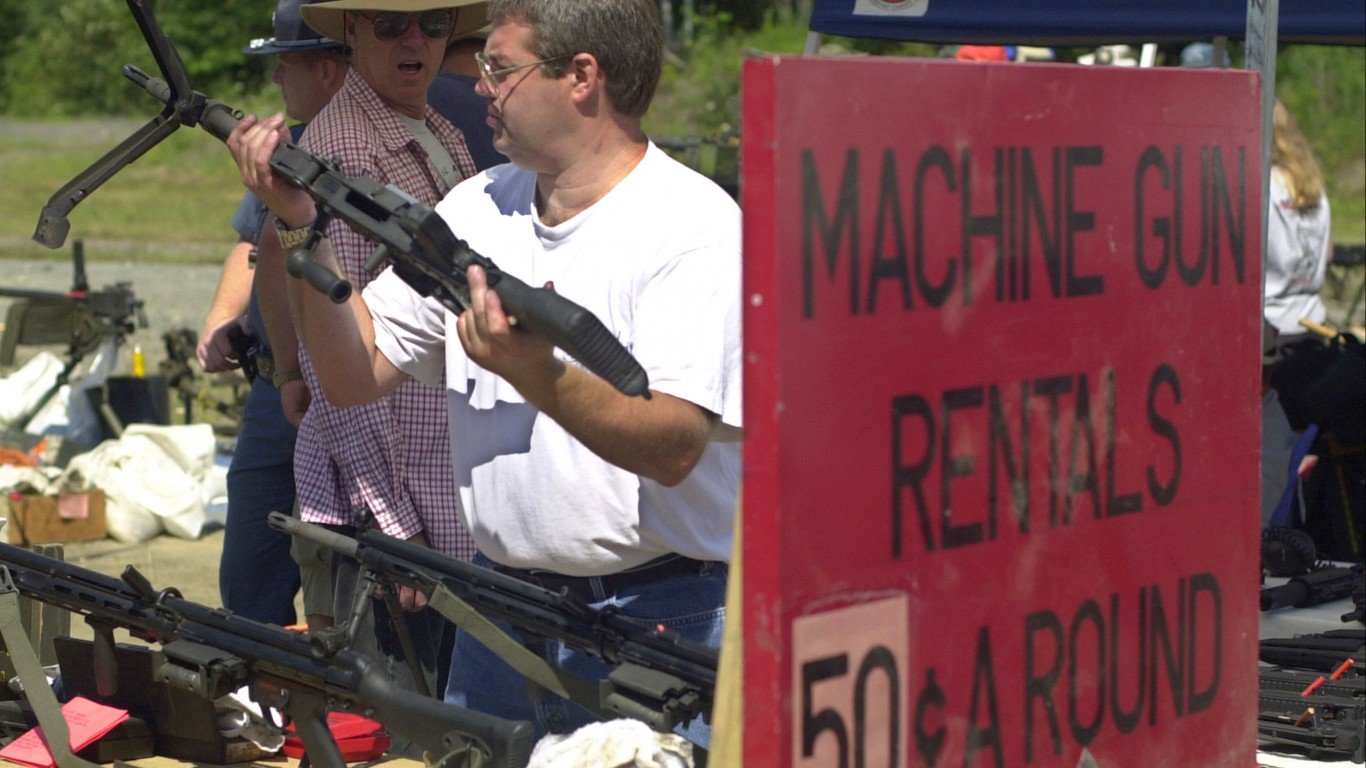
Across the country, many states are beginning to tighten restrictions around gun ownership and create stricter regulation that states believe will make their communities safer. Texas, on the other hand, is trending in the opposite direction. Senate Bill 1596 and its twin House Bill 259 were both introduced as a measure to remove short-barrel firearms from the state’s list of prohibited weapons. Currently, the only way Texans can own one of these weapons is if its a relic (a collector’s item) or if the owner has their gun properly registered with the Bureau of Alcohol, Tobacco, Firearms and Explosives (ATF). While lawmakers believe that removing short-barreled guns from the prohibited weapons list would help the state overcome outdated legislation, victims of gun violence are against the measure. As reported by Robert Arnold in Click2Houston, Flo Rice, a shooting victim during the 2018 Sante Fe High School shooting, stated that the gunman had used a sawn-off shotgun as a weapon in the attack because it allowed for a wider, and thus deadlier, blast. (If your child goes to school in one of these states, their teacher may carry a gun.)
The fact of the matter is that while guns are ingrained in American society, some guns are considered to be more dangerous than other guns. And both states and the federal government may choose to implement different legislation or restrictions to keep potentially harmful weapons out of gun owners’ hands. But when it comes to the specifics of gun legality and “illegal” weapons in the United States, where do we stand? Using a variety of sources including the ATF, Center for American Progress, Laws.com, state-specific government websites, and more, 24/7 Wall St. provided a comprehensive background on gun laws in the United States, as well as identified which guns were illegal to own without other restrictions or rules.
This previously published article was updated in April 2025 to provide a more in-depth look of the current state of gun legislation in the United States, especially given recent mass shootings.
Why Discuss Gun Legality Now?
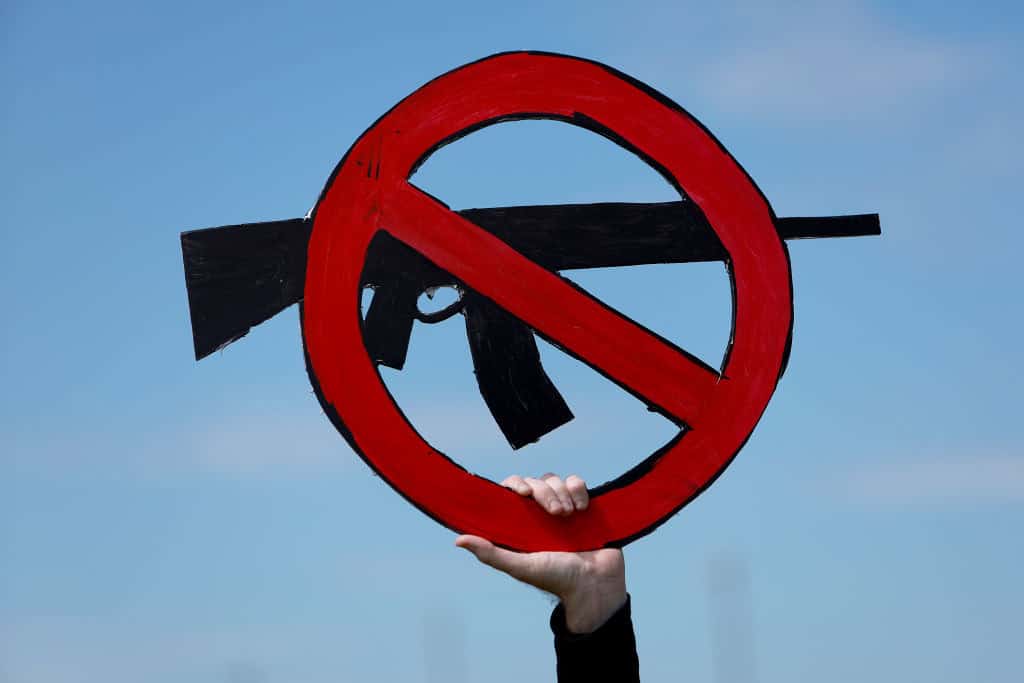
Gun violence is a serious issue in our society. On April 17, 2025, a school shooting at Florida State University took the lives of two individuals and injured five more. This was the sixth mass shooting in Florida so far this year. While the gun that Phoenix Ikner used during the attack was legal, considering it was his mother’s former law enforcement firearm, it stands to reason that many people are considering whether stronger gun control legislation could at least staunch the rising levels of gun violence in the United States. This issue should be easy to solve. Yet despite wide public support for stronger laws and fewer guns, our government continues to listen to the wealthy extremists who prefer to eliminate all barriers to citizens owning any weapon they want. Education is always the best weapon against propaganda, so we intend to help.
Learn more about gun laws and legality in the United States:
Background on American Gun Laws
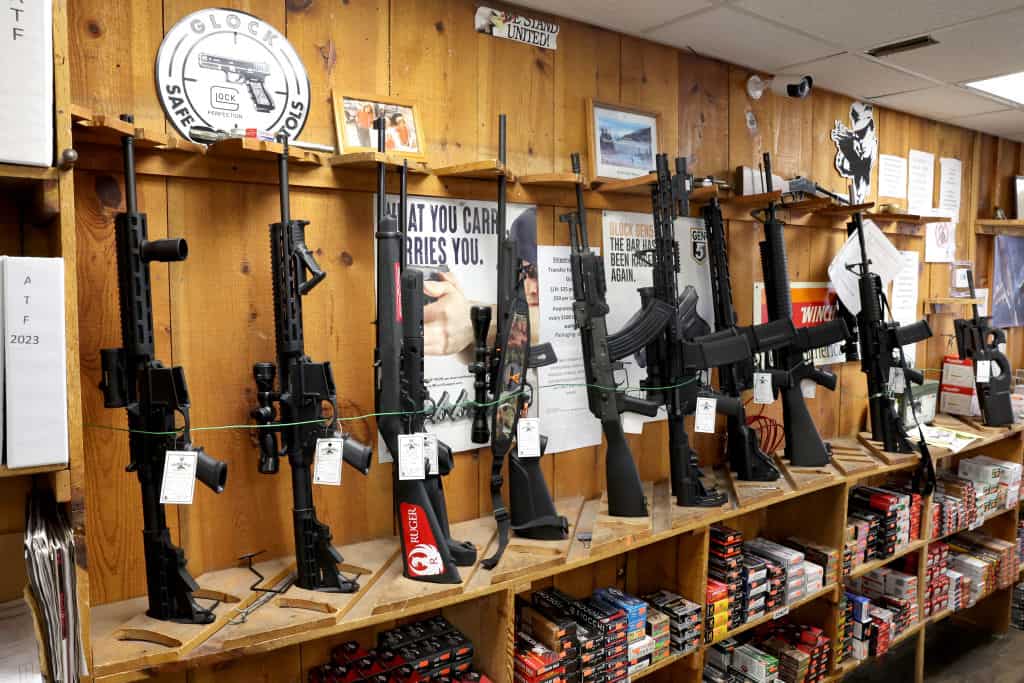
America’s love of guns is not new, but this love only turned into obsession in recent years. Today’s youth have only ever known a world in which gun worship and frequent school shootings are normal. But this wasn’t always the case. Despite what some people might tell you, the Second Amendment — the foundation upon which the gun rights issue rests — wasn’t written to give the people the power to resist tyranny. It was a concession to Southern landowners who were afraid they wouldn’t be able to put down violent slave revolts and wanted local militias to have the power to do so.
Private gun ownership really expanded after the Civil War. Manufacturers with huge stockpiles of guns produced for the war needed to sell their inventory. Strong marketing targeted “real men” by tying gun ownership to strength and masculinity. The origins of many of today’s armed militias can trace their roots to the Reconstruction period and the white supremacist groups. By the early 20th century, the majority of U.S. states had enacted laws restricting the concealed carry of guns; some also regulated open carry. Ironically, some of the strictest gun control laws were found in frontier towns where nobody was allowed to carry a weapon and some local ordinances required people to check their firearms after entering town limits.
Tension between ideological groups reached a breaking point in the 1960s. After the assassinations of President John F. Kennedy, Martin Luther King Jr., Robert F. Kennedy, Malcolm X, Medgar Evers, and other civil rights leaders by far-right extremists, the public demanded stronger gun laws. The Gun Control Act of 1968 drastically reduced gun crime and violence in the United States. However, the passage of later legislation like the Firearm Owners’ Protection Act of 1986 did weaken some of the Gun Control Act’s provisions.
Until the 1990s, most Americans said they owned guns only for hunting or target shooting. Then the National Rifle Association (NRA) strongly opposed the 1994 Federal Assault Weapons Ban, using misinformation and fear to convince many Americans that they needed assault weapons for safety. By 2015, 63% of Americans said they owned a gun primarily for self-defense. Yet self-defense is one of the least common uses of firearms in the United States. Instead, owning a gun significantly increases suicide risk. For women in abusive relationships, a gun in the home increases their chances of being murdered by five times.
Right-wing groups, the NRA, gun manufacturers, and grifters have continued to use fear and misleading statistics to stoke the fires of division and paranoia because it is very good for business. But despite their efforts, these are the weapons that remain illegal (to some degree). “Illegal” is used loosely, as any of these weapons can be legally obtained through specific government processes and with the proper documentation and permits.
Short-Barrel Weapons
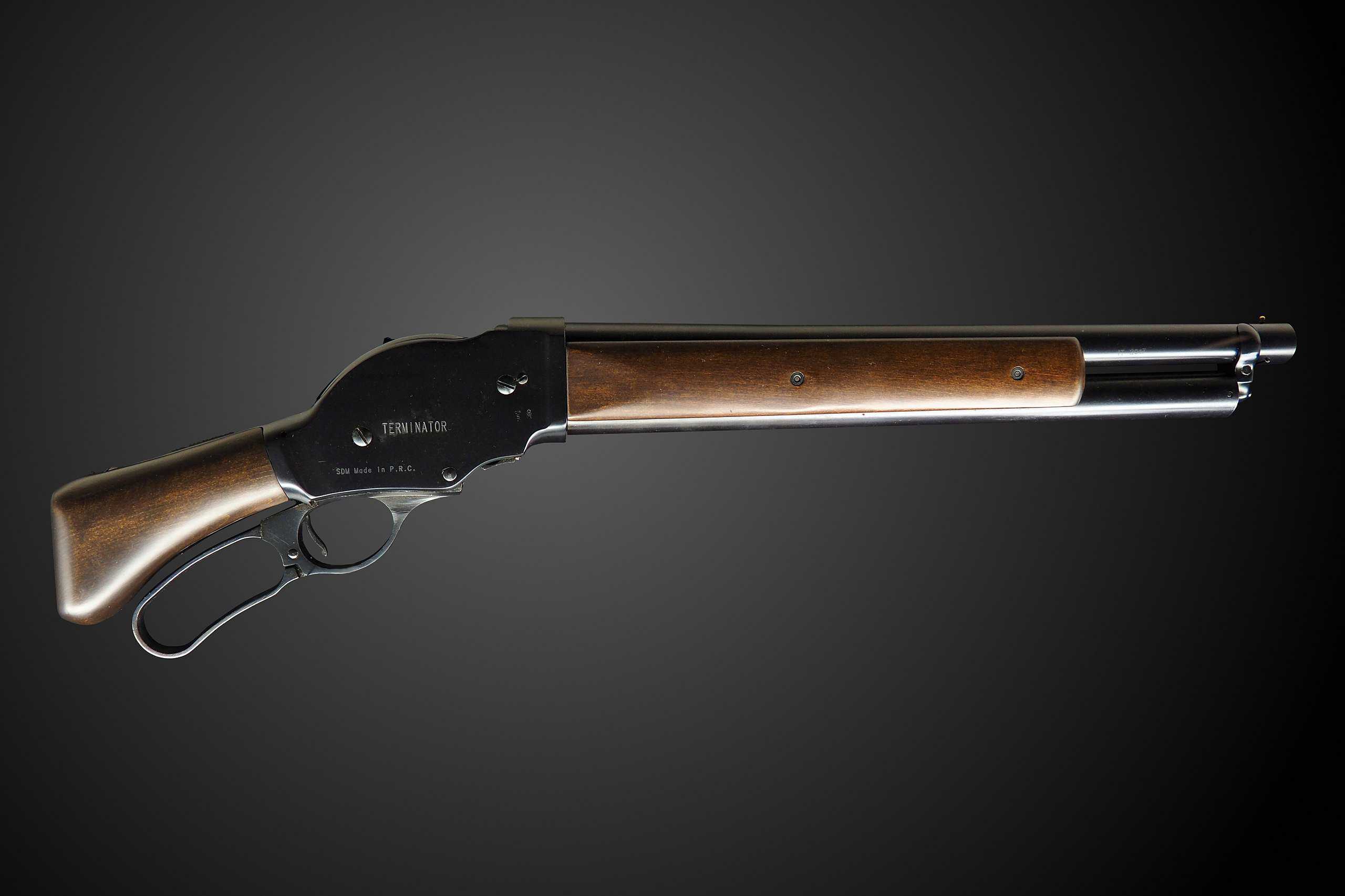
Any rifle that has a barrel shorter than 16 inches long, any rifle with an overall length of 26 inches or less, and any shotgun with a barrel less than 18 inches long is illegal. A shorter barrel makes these weapons more easily concealable. These short-barreled rifles are subject to stricter regulation under the National Firearms Act. However, as stated in the introduction, Texas — and potentially other states — are beginning to consider removing short-barrel weapon restrictions.
In order to obtain a sawn-off shotgun, for example, a citizen must obtain a tax-paid registration, pass a background check, and pay a tax for every transfer. This does not apply to short-barreled black powder muzzle-loading shotguns, or to shotguns that were manufactured without shoulder stocks (making them not shotguns, technically).
Assault Weapons (Varies by State)
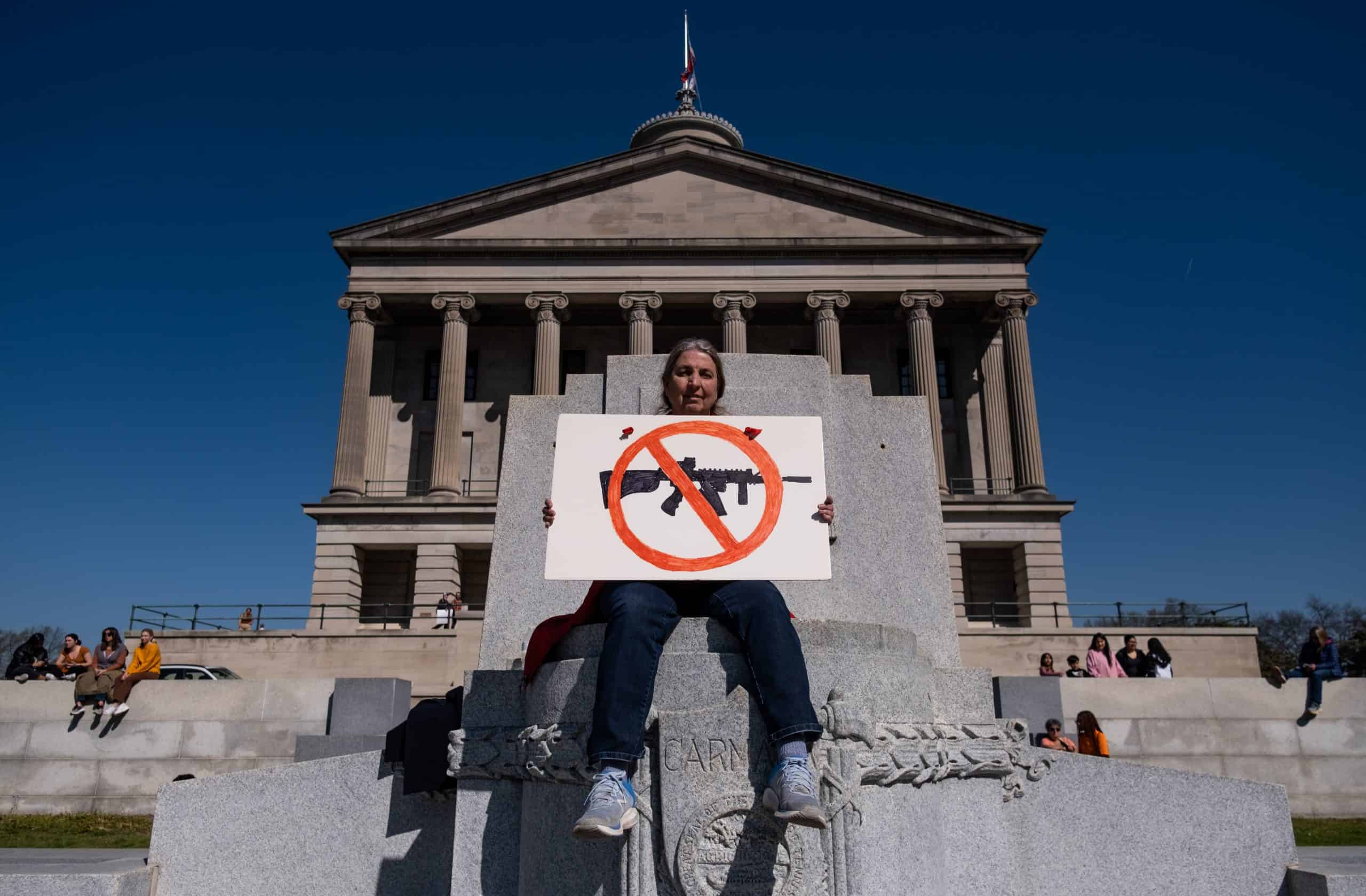
Due to the work of the NRA, the Federal Assault Weapons ban expired in 2004, and the number of mass shootings and people dead due to shootings skyrocketed. Yet some states have implemented their own assault weapons bans. (These laws refer to assault weapons either by specific make, capability, or type of gun, so we will ignore the pedantry of defining “assault weapons” to the simple-minded).
The U.S. Concealed Carry Association explains that ten states, plus the District of Columbia, have assault weapon bans. These states, which include California, Hawaii, and New Jersey, have made it illegal to own, sell, transfer, or import assault weapons. While the specifics vary by state, you can dig into the details by checking out the U.S. Concealed Carry Association.
Fully-Automatic Weapons

Both the National Firearms Act of 1934 and the Gun Control Act of 1968 make it illegal for civilians to own fully-automatic weapons (also known as machine guns) without getting special permits. This requires also paying $200 and registering your gun with the ATF. Some fully-automatic weapons manufactured before May 19, 1986 are legal to own without regulation.
Other Weapons

Naturally, there are always edge cases and special exceptions to every law, and the zealotry of some right-wing groups has led them to poke and prod the existing laws to find loopholes and gaps. Governments have had to act to plug these issues when they are found.
For example, any gun that has had its serial number removed or altered is illegal, and any gun that has been modified after sale to change its function or classification is also illegal. Devices that can help a gun function as another type of weapon (like bump stocks), or make it easier to conceal, are also illegal. The list of weapons and devices varies, so you should look into your local and state laws to find out what is permitted if you have questions.
Additionally, any weapon that is manufactured specifically for law enforcement or military use are usually heavily regulated and require authorization and permitting for civilians to own them.
The post Everything You Know About Guns and Firearm Legality is Wrong appeared first on 24/7 Wall St..




























































































































































